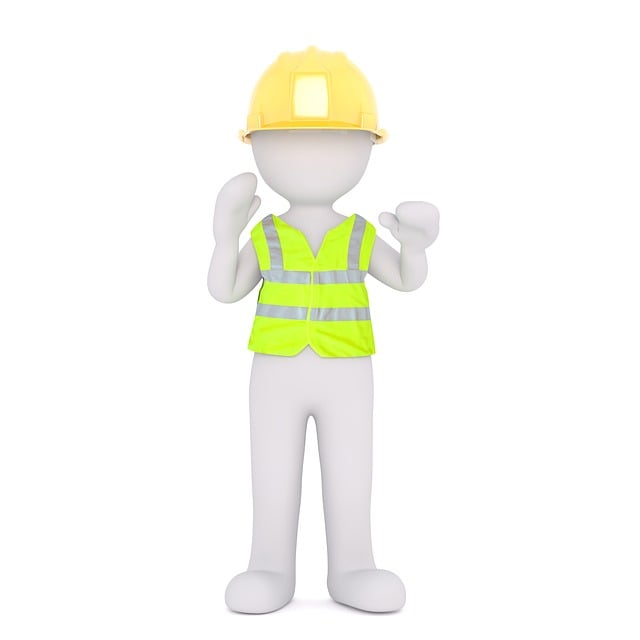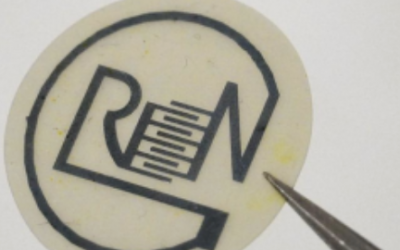This year, the ADAC published a high-visibility vest test. The alarming result: 60 percent of all vests reflected little or no light. All of the models that failed were cheap purchases from the internet.
High-visibility vests belong in every car and are among the most important personal protective equipment (PPE) for many employees at work. They are sufficient for most general activities as high-visibility protection, as long as there are no special hazards. However, they must always comply with all requirements of EN ISO 20471 ‘High-visibility clothing’ (Class 1 and 2).
Safe product selection
When selecting products, companies should not take any risks with regard to legal requirements. Technical retailers offer reliable expertise and advice tailored to their industry and its specific requirements. Wolfgang Möwius, Chairman of the ‘Personal Protective Equipment’ specialist group at VTH Verband Technischer Handel e.V., explains: ‘When selecting and procuring products, technical retailers ensure that vests actually comply with the EN ISO 20471 standard, not just the specification of the standard. To this end, retailers carry out their own tests or random checks.’
When vests are no longer sufficient
Companies should also be aware of their own responsibility. For legal reasons alone, they must always carry out a risk assessment and then make a decision. If the risk level is higher, a high-visibility vest is no longer sufficient. In this case, high-visibility clothing covering the entire body must be procured for employees. Uniform solutions for all industries are not practical because the hazards vary greatly depending on the activity and location. Where employees are exposed to several risks at once, so-called multi-standard protection is currently considered the most modern and economically sensible standard, as it replaces the need for different individual items of clothing.
New technical developments
There are currently several technological developments that have the potential to make high-visibility clothing even safer. These include textiles with integrated LEDs or active lighting, which significantly increase visibility regardless of external light. Sensor solutions that detect movements, body data or environmental conditions and send warning signals in real time are also gaining in importance. At the same time, high-performance fibres are being developed that are lighter, more breathable and at the same time more resistant.
Thanks to its quality partnerships with renowned manufacturers such as Bierbaum-Proenen, BIG Arbeitsschutz and Planam, the technical trade is familiar with these innovations and can provide first-hand advice. Specialist occupational safety retailers can be found at www.vth-verband.de/mitgliederverzeichnis.



